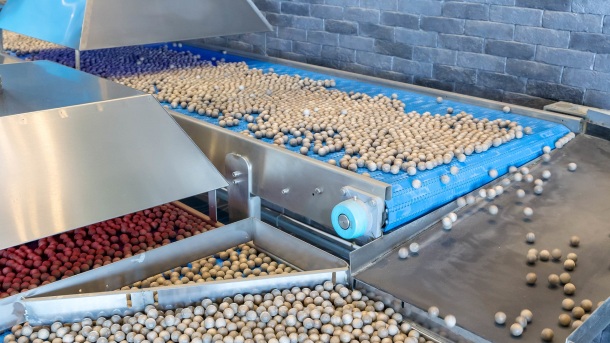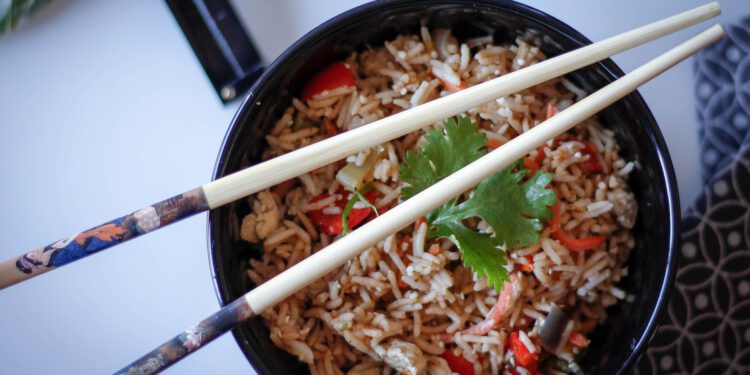The task of tasting food and decisions about adjusting its taste are left to robots in the massive food industry in China.
Mass food preparation in factories is a booming industry. There is less and less time to cook at home, and more and more products are sold pre-cooked. In China they wanted to provide greater automation, if possible, to this industry. Not only are foods cooked by machines, they also test them to see if the flavor needs to be rectified.
The initiative came from the Chinese government. It is a programme that has been running for three years and to which more than ten manufacturers have subscribed. Are companies that prepare massive food based on traditional Chinese cuisine. And these flavors have been left to the whim of robots.
A report from the China National Light Industry Council shows that the tests have gone well. Foods that robots have tested include pork, rice vinegar, noodles, Chinese wine and tea. The agency points out that mass food manufacturers have increased their income by some 300 million yuan (about 38.8 million euros) since 2015.
The introduction of robots in this sector should come as no surprise. In China the proliferation of robots to make services normally entrusted to humans is important. The e-commerce company JD.com he has plans to open a chain with 1,000 restaurants, where robots will cook. They will not be the first of their kind, as other machines have already demonstrated the ability to cook food efficiently.
The tasting robot
The machines are located at different points along the production chain. In this way, they monitor in these places the state of the food. They do it from when it is raw until it is completely cooked.

The robots are equipped with optical and electrical sensors, which simulate the human eye, nose and tongue. They are the senses that intervene in the culinary experience. From them, the machine transmits data to a neural network algorithm, which look for patterns to check.
If adjustments are needed to improve food, robots order to modify some production conditions. The process is fully automated and is different from how it was done before, when human tasters were the ones who tested and made the decisions.
Those responsible for the project say that the robot increases production. It serves to improve the product and its stability, while reducing production costs. The goal is that it can be useful to promote traditional Chinese cuisine outside the country.
Images: wuestenigel, marcoverch









